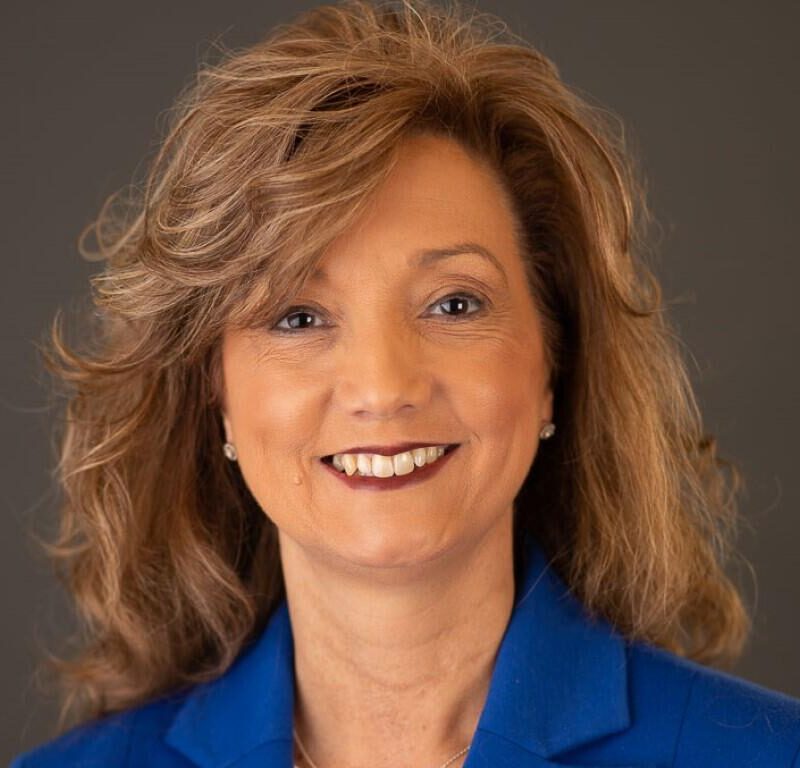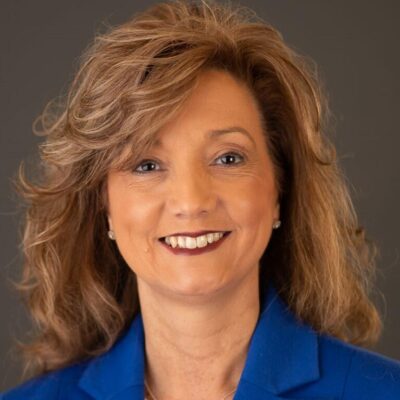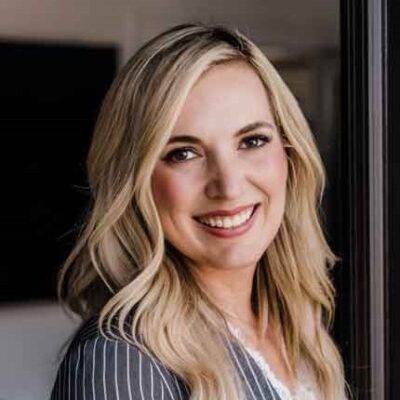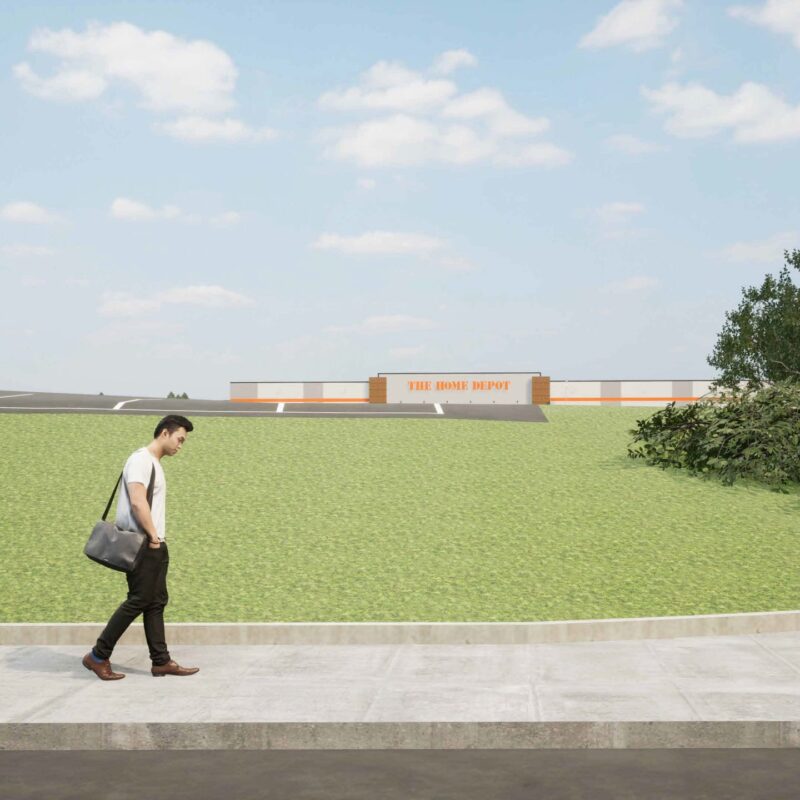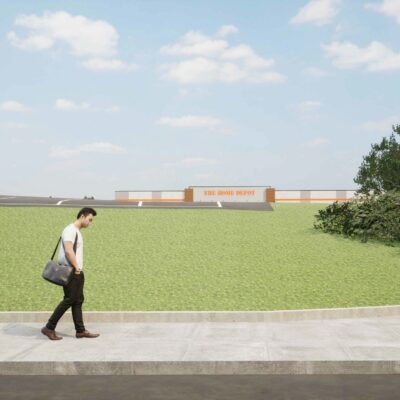After my final interview with Dave Kannensohn, he called me at my office to let me know he forgot to mention something. (That kind of thing happens to people his age.) The name Eubie Blake, he says.
Huh? Eubie Blake, he says. Eubie Blake was a pianist who was born to former slaves in 1883. The only of eight children to survive to adulthood, he went on to be an acclaimed pianist, writing the music for the groundbreaking musical Shuffle Along, and classics like “Memories of You,” “Charleston Rag” and “I’m Just Wild About Harry.”
“Nobody knows that I worship—worship—Eubie Blake,” Dave says. “And I thought you’d want to know that for your article.” The thing about Eubie Blake? It wasn’t that he was a trailblazing musician. Nor was it that Blake beat the odds to live a long and healthy life.
Dave Kannensohn’s two weekly gigs at Hamiltons’ at First & Main have made the fine dining restaurant an unlikely venue for a curiosity in the Downtown tapestry that grows stranger with each passing year: At 95 years, the jazz clarinetist is probably Charlottesville’s oldest performing musician. And yet, as Dave pushes the outer limits of old age, he has the glow of a man who has drunk from the fountain of youth. So for Dave, the thing about Eubie Blake is that he was happy and healthy through his 100th birthday.
What’s Dave’s secret? Is it that Dave—who insists that you call him by his first name—is married to Lois, a watercolorist, whom he calls the best wife he’s ever had? Is it that he exercises six days a week at the physical therapy facility nearest his apartment in the Branchlands Retirement community, off 29N? Is it the steady flow of cats—Zoot Sims was recently replaced by Ella Fitzgerald of the gorgeous purr—that have populated his apartment for years?
Or is it simply the music?
That jazz
Dave’s style? Sam Wilson, the Sons of Bill guitarist who plays with Dave on Wednesdays at Hamiltons’, says, “Dave likes to play what he can sing.” He’s got no interest in playing Ornette Coleman-style jazz that’s splattered all over the wall. He’ll be the first to tell you: There aren’t a lot of people playing the clarinet the way he does.
|
Guitarist Adam Larrabee sits in with Dave Kannensohn, 95, at his regular Wednesday gig at Hamiltons’ at First & Main. Larrabee is part of a larger network of about 10 (much younger) guitarists who sit in with Dave when his usual accompaniment—Sam Wilson on Wednesdays, and Peter Richardson on Saturdays—is not available. |
“Maybe 1 percent of the population likes the music that I play,” he contends. While the percentage probably isn’t quite that grim, Dave’s instrument of choice certainly isn’t in popular favor. The clarinet is difficult to learn, and it’s even harder to listen to someone learn it. Add to it the fact that some of the finest recordings of the swing era have been appropriated as cookie ads (“A thousand chips delicious!”), and you have yourself one unsexy instrument.
Influences? There are a couple of players whose names he likes to drop from a time when the clarinet was indeed sexy. The first is Artie Shaw. “He was a sideman, like I am,” says Dave. Shaw was one of the most famous clarinetists of the big band era, with a peculiar knack for squeezing out cathartic, beautiful high C notes. (And like Shaw, Dave played horns with a musician named Austin Wylie, who led a popular big band out of Cleveland.) Dave is a big admirer of Shaw’s but, personally and musically, is unlike Shaw in most regards: one journalist wrote that it’s impossible to reconcile the beauty of Shaw’s playing “with the man behind the clarinet, who, by all accounts (and not only those of his eight wives), was a cheerless, spiteful, vicious, surly…” You get the idea.
Unlike Shaw, Dave tends to leave a path of goodwill in his wake. His skill as a sideman is to fade into the tapestry of a song, tracing the outer limits of a melody with a gentlemanly sensitivity. Plus, he says, “I don’t work with high tones,” the way Shaw did.
“The bulk of what I do is in the lower register, because it’s a beautiful register on the clarinet,” he says. “That’s the thing that people like about what I’m doing.”
His inspiration? Coleman Hawkins’ Body and Soul, which “made jazz beautiful. It really made a difference in my life.” It did so in a technical sense, as Hawkins was the first musician to use the tenor sax in jazz, opening the genre to players who lurk in the mid- and low-ranges of their instruments, as Dave does. Dave’s distaste for showy playing, his admiration of the lower register and his slow, learned approach to his horn make for a gorgeous combo. Not even with science could you make music better suited to the pleasure of inattentive diners.
In the flesh
But it’s jazz alright. “I’m an improviser,” says Dave. His unobtrusive, gentlemanly and altogether lovely jazz sets twice a week at Hamiltons’ began as a sort of rebirth. He didn’t touch a horn for a few years before he moved to Charlottesville in 1992, when he retired at age 78, to be closer to family.
It all started at his 86th birthday party, when he joined guitarist Peter Richardson. Both saw magic in their chemistry. That first night was much like the one you could hear nowadays on any Saturday: stately explorations of Latin American jazz. He soon worked his way into Richardson’s weekly shows at Hamiltons’, and started sitting in with the late local organist George Melvin. For Dave—who had owned a children’s clothing store in Michigan, and then worked as an accountant in Florida—86 was as reasonable an age as any to start a new line of work.
“Dave’s always been kind of a traditional jazz player,” says Richardson. “He and I have focused more on Brazilian tone, like a Stan Getz kind of tone.” It’s a tone that’s well-suited to Dave’s old age. “When he turned 90,” says Richardson, “I expected his playing to decline. But it actually got a lot better.”
“His playing is still improving over time.”
Daniel Page has been the manager at Hamiltons’ for 13 years, and he says that while the music in the fine dining restaurant “is not the main focus of the room,” Dave’s Saturday gig with guitarist Peter Richardson drives a good deal of the bar business. “His age draws a lot of interest and curiosity,” says Page.
“When we play at Hamiltons’, it’s background music,” says Wilson. “But Dave treats it like a performance. Eighty percent of the people come up to us and tell us how much they love us. And then you get cranky people who think it’s too loud.” When the waitstaff asks the duo to turn it down, Wilson says, Dave returns to one trusty line that he’s used over the years.
“What do you want me to do with this thing,” Dave says, pointing to his clarinet. “Suck on it?”
There seemed to be no complaints the first time I saw Dave play, at one of his regular Wednesday night spots with Wilson. Positioned in a chair just inside the door, Dave wore a rich and neatly pressed sport coat over a mock turtleneck. And dang it, for any age, the dude looked great, and moved with the confidence of a man 30 years his junior.
Wilson—who at 29 is actually 66 years Dave’s junior—walked the duo through a seamless set of standards, the buttery tone of the jazz guitar beneath Kannensohn’s wistful woodwind. Dave’s eyes were shut firm, forming a peak of wrinkles over his brow. He tapped his black leather shoe at half time. Their version of “The Summer Knows” fluttered around the room like a firefly, drawing passing interest in its intermittent bursts. The familiar melody of “Georgia on My Mind,” was like an old friend he’d entertained for a moment too long, so he followed it with only a passing interest. Some notes were lost as a table nearby burst into unrelated laughter, but Dave’s concentration was unbroken.
And then 10pm rolled around, and it was time to go. He and Wilson packed up without ceremony. Restaurant patrons, realizing it was over, clapped politely. Dave stood slowly and made his way over to the bar to greet some folks who had clapped harder than the rest.
Within moments, a woman in a branded polo found Dave at the bar and escorted him out, her hand beneath his arm. Though he can still play like none other, he gave up driving nearly a year ago. “The Jaunt bus,” he says. “It’s fantastic.”
Through the ages
Dave Kannensohn was born in 1915 in Youngstown, Ohio, a steel production hub on the level of Pittsburgh. “It was also as controlled by gangsters as Cicero,” the Illinois town where Al Capone moved to escape the reach of the Chicago police. His father was a merchant, which meant at the time that his family was upper middle class, what he calls “a ragged sort of wealthy.”
He started playing the harmonica at the age of 10. “The funny part about that was I found out I could play what I could sing,” he says. “That’s the way my head was working.” He worked at the instrument for a couple of years, until his oldest brother, eight years his senior and only a dabbling musician, returned from the Wharton School of Business with an alto saxophone that was a gift from their father.
Dave promptly rescued the saxophone from the attic and took it to school, where a music teacher took interest in him and showed him how to play with a school group. “For some reason,” he says, “I really hooked into it fast.” Within two years Dave was playing with groups of musicians in their 20s and 30s.
“I was rebellious at 15. I wanted to get the hell out of there.” His professional career began when he went on the road at age 16 with James C. Dimmick’s Million Dollar Band. “I came up to the bandstand and these guys were smoking grass, and I said, ‘Jesus, this is trouble.’ So I signed on with them. It was a fantastic deal.” He continues, “I was with a bunch of guys who were much older than I was, but I was playing lead saxophone.” The 18-piece band toured the Midwest in three cars, while a van carried the equipment behind. The demands of a big band musician were such that saxophone players had to be able to double on the clarinet, so soon Dave was forced to do just that.
It wasn’t long before the band broke up. Why? “I can’t remember,” he says.
But it didn’t matter. Dave could play any place he wanted with the two tools that any Dixieland musician would have killed for: First, he is a sight reader, so he can sit in at a moment’s notice if the notes are put before him. Second, after lying about his age, he became a member of the musician’s union. “At that time, the union took care of everything…Prohibition was in place, so the rackets were on, and the unions were backed up by gangsters.”
“They had all the halls unionized” in the Midwest, he says. “If you had a gig and somebody wanted to close you out, they would have to give you two weeks notice.”
“Still, those were very tough times,” he continues. “People were working for a dollar a day. But musicians were making money.” With union protection, $50 gigs—that’s per musician—were the norm. (“Spent the money as fast as I got it, too,” he says, on suits.) When he was 19 he went to Ohio State University, partly so he could be a musician in Columbus; he missed his graduation for a show in Louisville.
And then the Great Depression shuttered Ohio’s steel mills. Things didn’t get better until after the war—the first time in history that many Americans had the opportunity to buy a car. “America became stronger with manufacturing,” he says of the end of World War II. “Everything was just wonderful.”
“They’ve screwed it up since then,” he adds.
Patron saint
The rest of his story of the Dixieland combos he joined between the late ’30s through the ’70s is told in pictures that hang on his office wall. And though he’s lived through some tough times, part of Dave’s charm is that he’s sidestepped the rancor that can brim up in old age. There’s no way to make it that long without a sense of humor.
 |
Which, in a sense, brings us back to Eubie Blake: Nobody bothered to check Blake’s birth date when he died. Even President Ronald Reagan had congratulated him on the occasion of his 100th. But as it turned out—and I didn’t mention this to Dave—he’d faked it; the pianist had died at the age of 96.
So the thing about Eubie Blake? The man had a sense of humor.
How do guys like Dave and Blake keep it up? There are plenty of general predictors of long life. The numbers suggest that the rich people live longer than poor, whites longer than blacks—the list goes on. Any of the 340,000 Americans living beyond the age of 100 will have different answers. (Jeanne Calment, the oldest person who ever lived, claimed that rubbing olive oil into her skin helped.)
“It’s kind of his secret to staying young: hanging out with younger people, which he really enjoys,” says Richardson of Dave. “One of the good things about playing with all these guitarists in town is that he doesn’t have to hang out with old people.”
Richardson calls Dave the “patron saint” of Charlottesville’s young musicians. “Dave’s helped me through a lot of tough times,” says Wilson. One of the many other services Dave provides is as an accountant, doing musicians’ taxes pro bono. He can also be found twice a month with pianist Hod O’Brien at as part of the Nursing Homes Swing program, laying the lie to his claim that he “doesn’t spend time with old people.”
Page, at Hamiltons’, chalks up Dave’s longevity in part to “a healthy relationship with life and death.” But he also suggests that playing the clarinet at Hamiltons’ is at least six hours a week of rigorous respiratory exercise. It doesn’t hurt that the dulcet tones from Dave’s clarinet register as music therapy to an aging body.
For his part, Dave watched his mother and brother live well into their 90s in less comfort than he’s in. He’s convinced it’s a matter of durable genes. So in the immortal words of Dave Kannensohn himself, “My objective is to keep as healthy as I can, and the day I die I want to be well the day before. That’s my goal.”
But until then, it’s Hamiltons’ twice a week.

